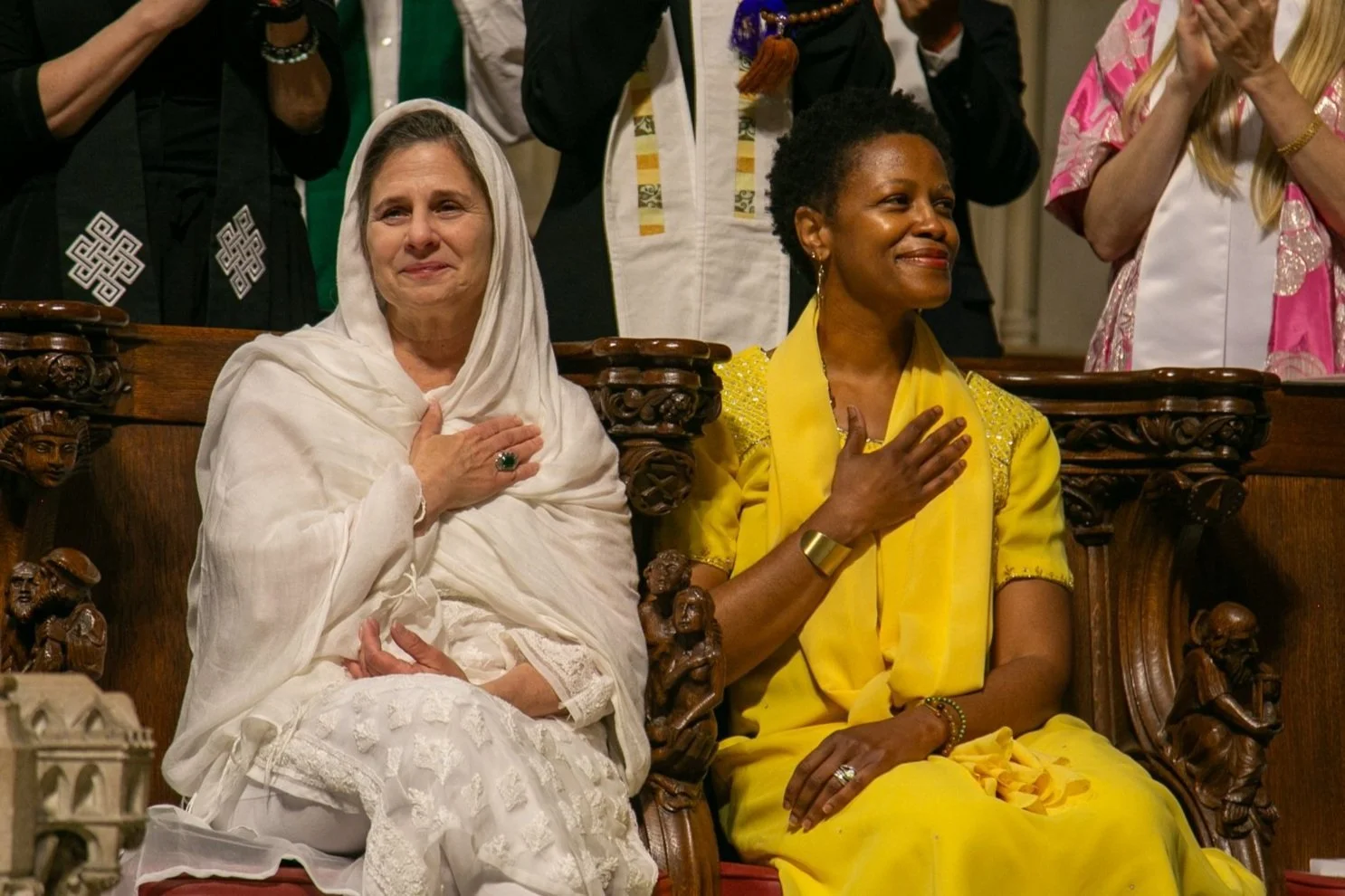The Kaleidoscope Teaching Model
The Kaleidoscope Model for Interspiritual Ministry Formation
At One Spirit, we believe ministry formation should be as dynamic and sacred as the life it prepares you to serve. Our Kaleidoscope approach reimagines spiritual education—not as a top-down transfer of knowledge, but as a co-creative, living exchange of wisdom.
Inspired by the meaning of kaleidoscope—“observer of beautiful forms”—this approach embraces both the unity and diversity of spiritual experience. It invites you to witness beauty in many expressions of truth, while empowering you to find your voice and serve in ways that are deeply authentic and relevant.
Leadership as Shared Presence
Rather than relying on a single authority, the Kaleidoscope model rotates leadership in the classroom, cultivating shared responsibility, deeper listening, and co-creative emergence. Facilitating deans and teachers serve as skilled guides as the Spirit moves powerfully in the exchange between students, between traditions, and between the visible and the unseen.
In this model, Spirit is not bound by curriculum—it’s catalyzed by it.
Learning Tailored to Who You Are
We know the world doesn’t need ministers who simply follow scripts—it needs ministers who can create sacred space where there is none, and lead from love in complex, shifting contexts. That’s why each student is encouraged to shape their journey in alignment with their own calling, community, and lived experience. The curriculum meets you where you are—and stretches you into who you’re becoming.
At the same time, students are grounded in core ministerial skills such as officiating weddings, baby blessings, memorials, and other sacred life-cycle ceremonies—ensuring you are both spiritually inspired and practically prepared.
Ministry That Reaches Beyond the Moment
The Kaleidoscope approach helps students move beyond isolated moments of inspiration and into sustained spiritual leadership. Through intentional ritual, group inquiry, and creative application, you’ll learn to transform insight into action—and spiritual presence into lasting service.
This is more than an education. It’s a training ground for the ministries the world needs now.
Key Elements of the Kaleidoscope Approach for Seminary:
Exploration and co-creation of interspiritual rituals
Practical skills for crafting meaningful, inclusive ceremony
Core training in officiating weddings, blessings, memorials, and more
Communal spiritual practices (broadly defined and embodied)
Structural integration of spiritual gems (mantras or messages carried through each unit)
Deep study of diverse faith traditions and contemporary spiritualities
A consistent lens on power, privilege, and oppression—including the impacts of white supremacy, anti-Blackness, patriarchy, and homophobia—woven into every unit, with a commitment to solidarity and collective liberation.
A Living Teaching Model for a Changing World
At One Spirit, we know that spiritual leadership must evolve alongside the world it serves. That’s why our curriculum is not static—it breathes, expands, and responds to the times we live in. As new needs arise in our communities and collective consciousness, our programs evolve with care and intention.
Our shift to a Kaleidoscope model of teaching marks an intentional step forward in this evolution. While One Spirit has long been committed to interspiritual learning and shared wisdom, the Kaleidoscope approach brings this vision fully to life—in both the classroom and our leadership structure.
This model is not only a pedagogical innovation—it is a spiritual and organizational commitment.
By rotating leadership and centering multiple voices, the Kaleidoscope model offers students a richer, more inclusive experience of spiritual formation. You’ll be exposed to diverse perspectives, empowered to find your own voice, and prepared to lead with nuance, creativity, and compassion in the complexity of today’s world.
But the transformation doesn’t stop with students. The Kaleidoscope structure also reflects our commitment to equity and collaboration among staff. Rather than a traditional hierarchy with one primary director supported by deans, we now operate within a circle of facilitating deans and facilitating teachers—all equally engaged in holding space, guiding students, and shaping the learning experience.
This approach supports:
Greater pay equity among staff and faculty
Decentralized leadership that models what we teach
A dynamic, responsive curriculum co-created with dean and student input
A more integrated and embodied learning journey for all
At its heart, the Kaleidoscope model is about honoring the sacred in all its forms—within each tradition, each person, and each moment of discovery. It’s the future of spiritual education—and it’s unfolding here.





